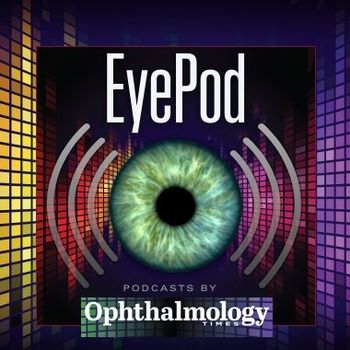
Study: Some people still infectious 10 days after COVID
A team of investigators examined the association between COVID-19 transmissibility and elapsed time since infection, and found that SARS-CoV-2 may still be transmissible 10 days post-infection.
A team of investigators from the University of Exeter have examined the association between COVID-19 transmissibility and elapsed time since infection, and found that SARS-CoV-2, the virus that causes COVID-19, may still be transmissible 10 days post-infection.1
The study, led by the University of Exeter and funded by Animal Free Research UK, used a newly adapted test which can detect whether the virus was potentially still active. It was applied to samples from 176 people in Exeter who had tested positive on standard PCR tests.
According to the university, the study, published in the international Journal of Infectious Diseases found that 13 per cent of people still exhibited clinically-relevant levels of virus after 10 days, meaning they could potentially still be infectious. Some people retained these levels for up to 68 days. The authors believe this new test should be applied in settings where people are vulnerable, to stop the spread of COVID-19.
Professor Lorna Harries, of the University of Exeter Medical School, oversaw the study.
“While this is a relatively small study, our results suggest that potentially active virus may sometimes persist beyond a 10 day period, and could pose a potential risk of onward transmission,” she said in the news release. “Furthermore, there was nothing clinically remarkable about these people, which means we wouldn’t be able to predict who they are.”
The university news release noted that conventional PCR tests work by testing for the presence of viral fragments. While they can tell if someone has recently had the virus, they cannot detect whether it is still active, and the person is infectious. The test used in the latest study however gives a positive result only when the virus is active and potentially capable of onward transmission.
“In some settings, such as people returning to care homes after illness, people continuing to be infectious after ten days could pose a serious public health risk,” sMerlin Davies, lead author of the study, of the University of Exeter Medical School, said in the university news release. “We may need to ensure people in those setting have a negative active virus test to ensure people are no longer infectious. We now want to conduct larger trials to investigate this further.”
The research is a collaboration between the University of Exeter Medical School, the Royal Devon & Exeter NHS Foundation Trust, and the NIHR Exeter Clinical Research Facility.
Reference
Davies, M. et al. (2021). Persistence of clinically relevant levels of SARS-CoV2 envelope gene subgenomic RNAs in non-immunocompromised individuals.
Newsletter
Don’t miss out—get Ophthalmology Times updates on the latest clinical advancements and expert interviews, straight to your inbox.













































